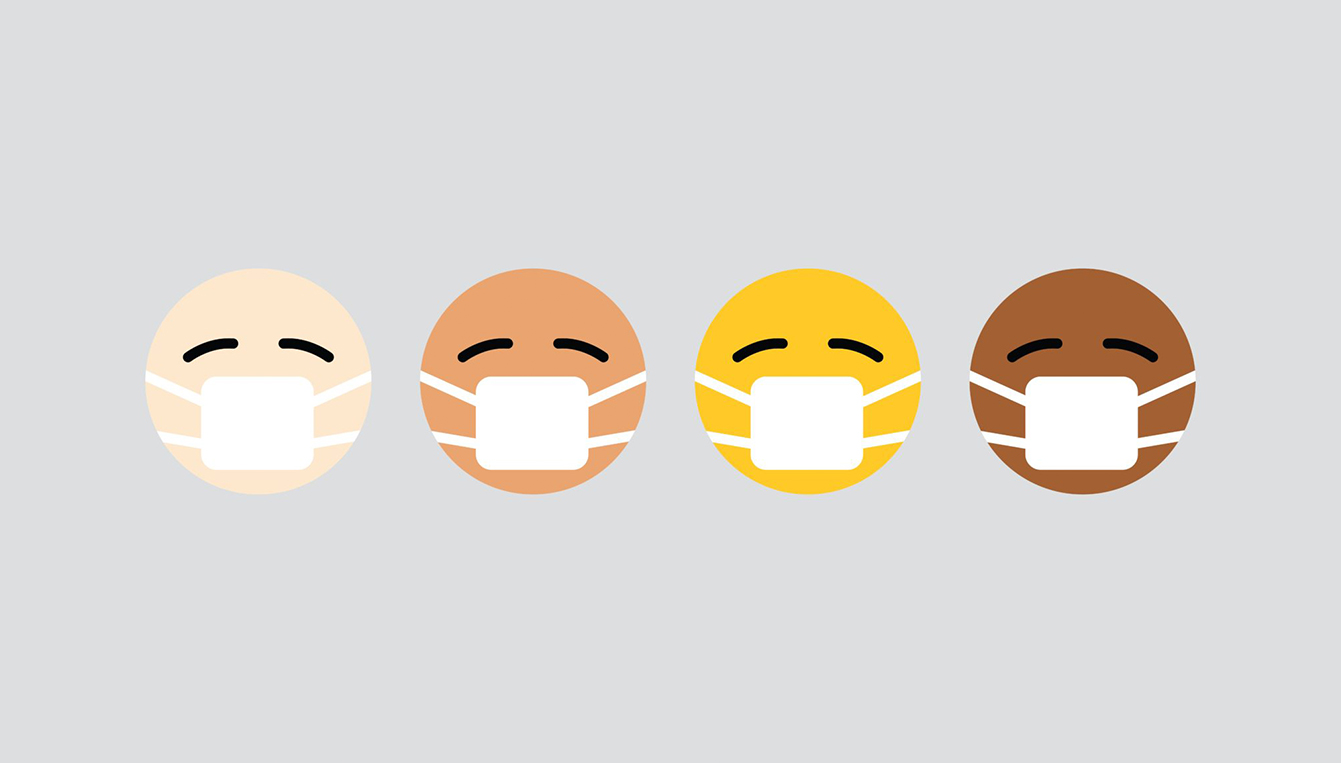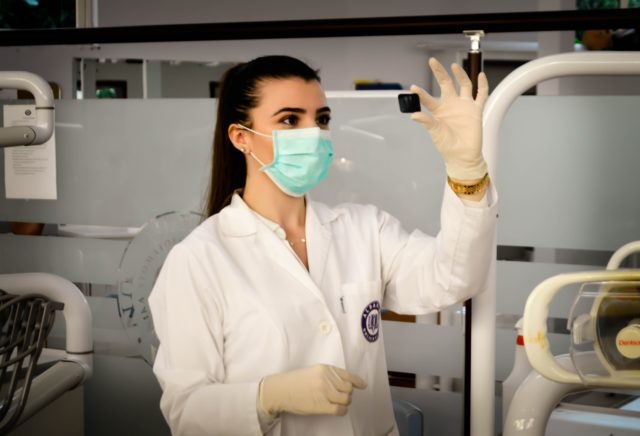Alex Odom
Data Centers | Market Leader
Associate Principal

In times of crisis, communication is key. The coronavirus pandemic has forced many to adapt to an entirely new work environment. Following social distancing guidelines can be difficult and it’s hard not to miss the face-to-face time with our family, friends, and colleagues. Clear communication and speech intelligibility is especially important for healthcare workers during this public health emergency. While many news stories have focused on the shortage of N95 respirators and surgical masks, there is some concern that the facial covering can have detrimental effects on speech intelligibility by muffling speech and blocking important visual cues of mouth movements that aid in speech comprehension in noisy environments.
Although our brains primarily use acoustic information to comprehend speech, visual cues can provide useful information to help improve speech intelligibility. During normal face-to-face conversations, there is a lot of visual information available. We have expressive faces and even “talk with our hands.” Lip reading by deaf or hearing impaired individuals is another example of the importance that visual cues play in understanding speech. When the movement of the mouth, lips, and tongue of the speaker are visible, comprehension improves substantially. This effect is so powerful that it can even lead to auditory illusions, where what we see overrides what we hear, like the McGurk Effect, where the combination of visual /g/ and auditory /b/ cues results in the perception of /d/.
The benefits of these visual cues are most apparent in noisy environments. Think of the last time you were at a concert or a noisy restaurant. You may not have been able to hear all of the speech from your conversational partner, but your brain was still able to understand it. Hospitals are loud and stressful environments, and have been getting louder. Background noise levels in hospitals rose from 57 dBA in 1960 to 72 dBA today during the daytime hours, and from 42 dBA in 1960 to 60 dBA today during the nighttime hours. In 1960, a hospital might have noise levels similar to a typical office, but today, it sounds more like a crowded restaurant.

Given the high level of noise in hospitals, it is not surprising that a survey of hospital staff from Toronto after the Severe Acute Respiratory Syndrome (SARS) outbreak in 2003 revealed that 47% of the respondents related facial respirators with communication difficulty. In response to this anecdotal evidence, researchers sought to quantify the speech transmission of various respirators and facemasks. They tested single-use N95 respirators and reusable elastomeric half-mask air-purifying respirators (EAPRs). EAPRs are more often used by workers in construction, industrial, and mining industries, but their reusability makes them marketable for healthcare applications in times of disposable respirator shortages.
The researchers found that the EAPR products had poor/fair speech intelligibility performance. The EAPRs have more significant filter cartridges, which may contribute to the reduced sound transmission, and they tend to restrict jaw movement of the speaker. To counteract this, some EAPR manufacturers have marketed options that improve vocal communication by using speaking membranes and voice amplifiers. Fortunately, the N95 was measured to have good speech intelligibility performance, not significantly different than a speaker with no mask. Based on these results, the researchers concluded that beyond the facial respirator design factors, controlling background noise is the most important factor to improve speech intelligibility in healthcare environments. Architectural design improvements, HVAC engineering controls, and quieter equipment are all areas to improve the healthcare noise environment.
Outside of hospital settings, visual cues play an increasing role in communicating with each other. Healthcare workers are turning to telemedicine, and office workers are increasing their use of videoconferencing, pushing us to embrace the role of technology in new facets of our lives. Remembering the utility of visual cues can improve our communication and connectedness. Having trouble understanding your coworker on a call? Set up a webcam.